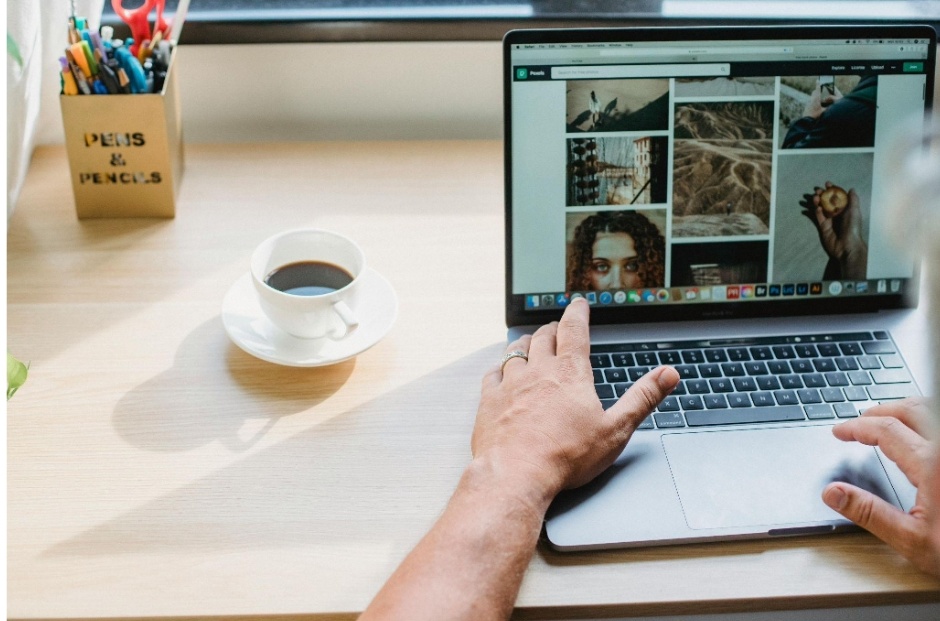There’s a difference between saving a photo and remembering it. We capture everything now—concerts, sunsets, dinners, even things that probably shouldn’t be photographed at all. Our cameras are faster than our thoughts, and before we’ve even absorbed what we saw, it’s in the cloud. Neatly filed. Easy to scroll past later.
But if you’ve ever gone digging through an old folder—digital or otherwise—you know something’s missing. You don’t remember half the things you saved. Some of it feels like a stranger’s life. Flat, distant, oddly irrelevant despite the timestamp.
Then there are the ones that hit you. Instantly. A photo of a forgotten trip. Someone’s half-smile. The blur of motion that somehow says more than the posed shot ever did. And it makes you pause. Because memory isn’t always about clarity. It’s about feeling. And those feelings don’t belong buried in a hard drive or lost in last year’s photo dump.
That’s why some images are meant to leave the screen.
Not to be posted. Not to be filtered. But to exist—really exist—outside the chaos. On a wall. In a frame. In a room where you’ll see them when you’re not even thinking about them. Because what we surround ourselves with matters. And memory, when given space, becomes something you live with—not just something you revisit.
We’re so conditioned to compress everything. Resize it. Format it. Optimize it for fast loading, clean grids, and algorithm compatibility. But memory doesn’t work that way. It’s messy, layered, imperfect. A photo that meant nothing to someone else might hold your entire world inside it. And no amount of digital curation can replicate that.
That’s why more people are choosing to print photo posters online from their personal archives—not to show off, but to reconnect. It’s a quiet rebellion, in a way. Turning something meant to be swiped past into something permanent. Taking a fleeting moment and saying, “This matters. This stays.”
And the thing is, it doesn’t have to be a technically perfect photo. Some of the most powerful prints come from blurry film scans, low-lit phone shots, or random stills from a video. It’s not about resolution. It’s about recognition. You look at it and remember not just the moment, but the mood. The noise in the background. The feeling in your chest. That’s what sticks.
When you put those moments on a wall, they change the space. A hallway becomes more than a hallway. A bedroom becomes a gallery of your own life. A kitchen corner holds something warmer than decoration—it holds history. Not the kind you archive, but the kind you live alongside.
And when guests see it, they don’t scroll. They ask. They get curious. They hear stories. Physical photos create conversation. They invite presence. Something that’s harder and harder to find in digital spaces filled with distraction.
This shift back to printed visuals isn’t about nostalgia. It’s about control. You decide what gets seen, what gets remembered, and where it lives. It doesn’t disappear in 24 hours. It doesn’t get buried beneath notifications. It just exists. Quietly. Permanently.
And maybe that permanence is the point.
When we print something, we give it weight. It takes up room, demands intention. You can’t casually ignore a large-format photo on your wall. You see it while making coffee. You glance at it on the way out the door. It becomes part of your routine, even when you’re not paying attention.
That background presence is where the magic is. We forget that design and photography don’t just communicate when we focus on them. They seep in during the in-between moments. When your mind wanders. When your eyes drift. That’s when the memories return, not as sharp details, but as texture—emotional color that fills the space around you.
It’s also why personalizing your space matters. Not just to make it look good, but to make it feel right. You don’t need a gallery wall curated like a design magazine. One meaningful photo can shift the entire energy of a room. Not because it’s expensive or perfectly styled, but because you chose it. That alone gives it power.
The good news? You don’t need to be a professional designer to create something that looks and feels like it belongs on a wall. Sometimes it’s as easy as dragging a photo from a folder, uploading it, adjusting the size, and letting it live outside your screen for once. When people decide to print photo posters online, they’re not doing it for likes. They’re doing it to build a life they can actually see.
It’s easy to underestimate how much your surroundings shape your thoughts. But the truth is, we remember what we see. We internalize what we live next to. That’s why a printed photo can do something no post ever could—it becomes part of your day, not just your timeline.
And maybe that’s what we’ve been missing. Not more content. Not more storage. Just more presence. A chance to slow things down, make things tangible again, and remember the moments we were too busy to fully feel the first time.
So the next time you find a photo that hits you—one you forgot about, one that made you pause—don’t let it sit there, unseen. Let it breathe. Let it take up space. Let it remind you what mattered when the memory was still fresh.
Because some moments deserve more than just being saved.
They deserve to stay.

